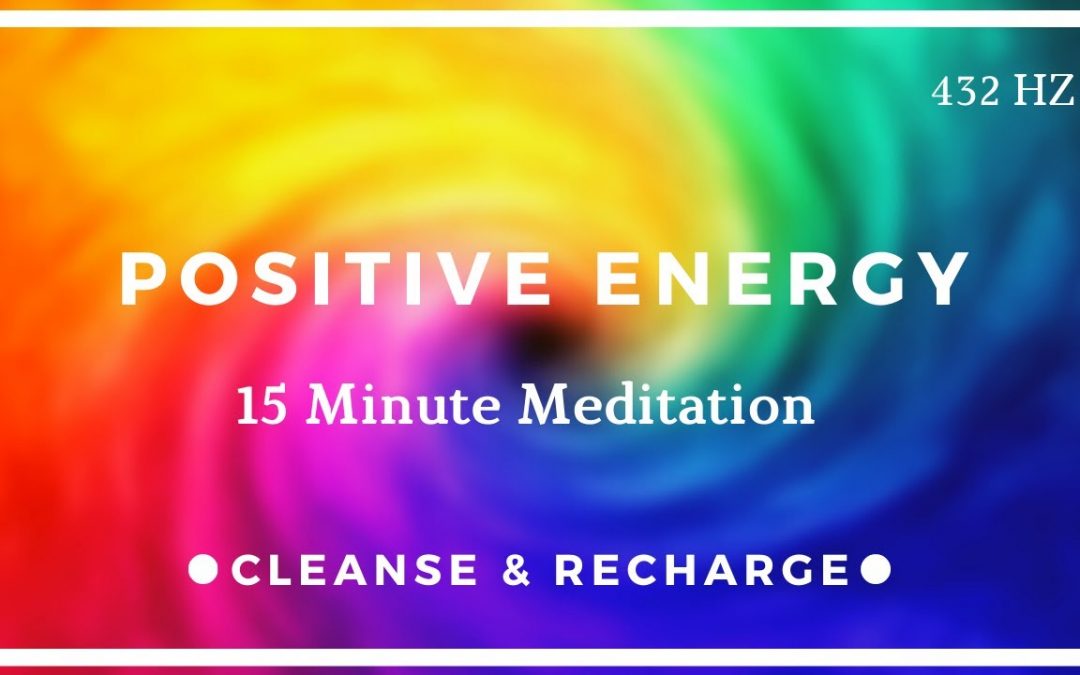Guided meditation backed by music can have a deep and compleling draw. Music affects more than just our psyches, it is known to affect internal functions like blood pressure, speed or slow down your heart rate, reduce anxiety and even help with digestion, amongst many other things. It also makes sense that if we spent more time being attuned to the natural electromagnetic pulses of the earth – at the 432 Hz frequency – we would, in turn, feel more centred, balanced, conscious and peaceful.
According to music theory, A=432 Hz is mathematically consistent with the universe. This is known as Verdi’s ‘A’ – named after Giuseppe Verdi, a famous Italian composer. Music tuned to the 432 Hz freqency is softer and brighter, and is said to provide greater clarity and is easier on the ears. Meditation music tuned to 432 Hz is relaxing for the body and mind and also more harmonic and pleasant than 440 Hz which is the frequency that most of the modern day music we listen to is tuned at.
Guided Meditation is also sometimes called guided imagery or visualization. With this method of meditation, you form mental images of places or situations you find relaxing. So try to use as many senses as possible, such as smells, sights, sounds and textures. Try to think deeply on these matters as the meditation proceeds, so that you drop down into your unconscious.
Enjoy this short 15 minute guided meditation set upon a backdrop of music tuned to the 432 Hz frequency:
For further exploration, check out these findings from a 2019 Italian study: Objective: To identify differences in vital parameters and perceptions after listening to music at different frequencies, 440 Hz versus 432 Hz. Setting: A room dedicated to listening to music, in an Italian city. Participants: 33 volunteers, not suffering from acute and/or chronic diseases. Interventions: Two sessions of music listening on different days. Both sessions used the same music (movie soundtracks) but tuned to 440 Hz on one day and 432 Hz on the other. Each session consisted of 20 min’ listening. Main outcome measures: Vital parameters (blood pressure, heart rate, respiratory rate, oxygen saturation), perceptions (physical and emotional sensations, for example fatigue and stress), levels of concentration during the listening session, and general satisfaction with the experience.
Results: 432 Hz tuned music was associated with a slight decrease of mean (systolic and diastolic) blood pressure values (although not significant), a marked decrease in the mean of heart rate (-4.79 bpm, p = 0.05) and a slight decrease of the mean respiratory rate values (1 r.a., p = 0.06), compared to 440 Hz. The subjects were more focused about listening to music and more generally satisfied after the sessions in which they listened to 432 Hz tuned music. Conclusions: The data suggests that 432 Hz tuned music can decrease heart rate more than 440 Hz tuned music. The study results suggest repeating the experiment with a larger sample pool and introducing randomized controlled trials covering more clinical parameters. Source: https://pubmed.ncbi.nlm.nih.gov/31031…




